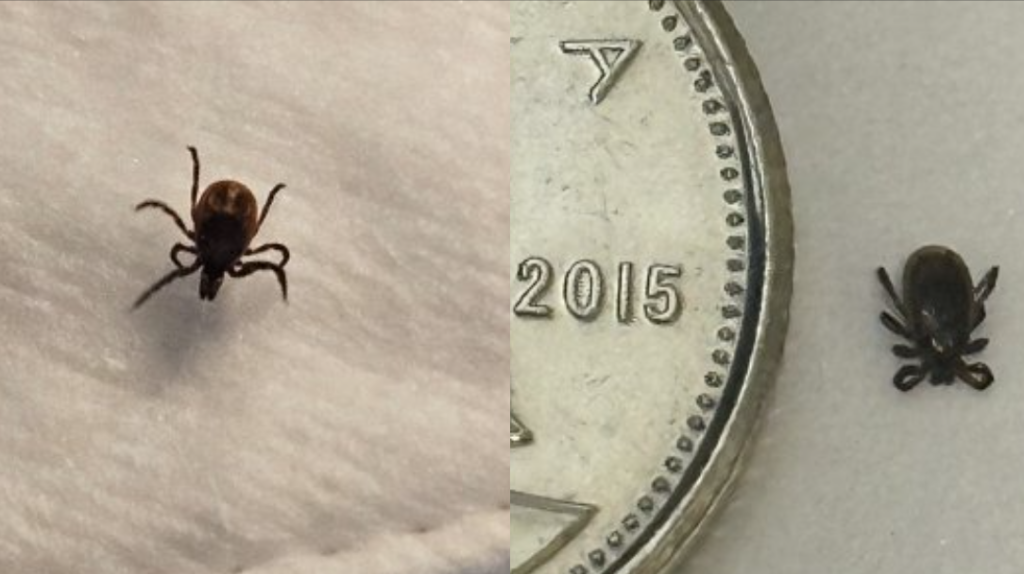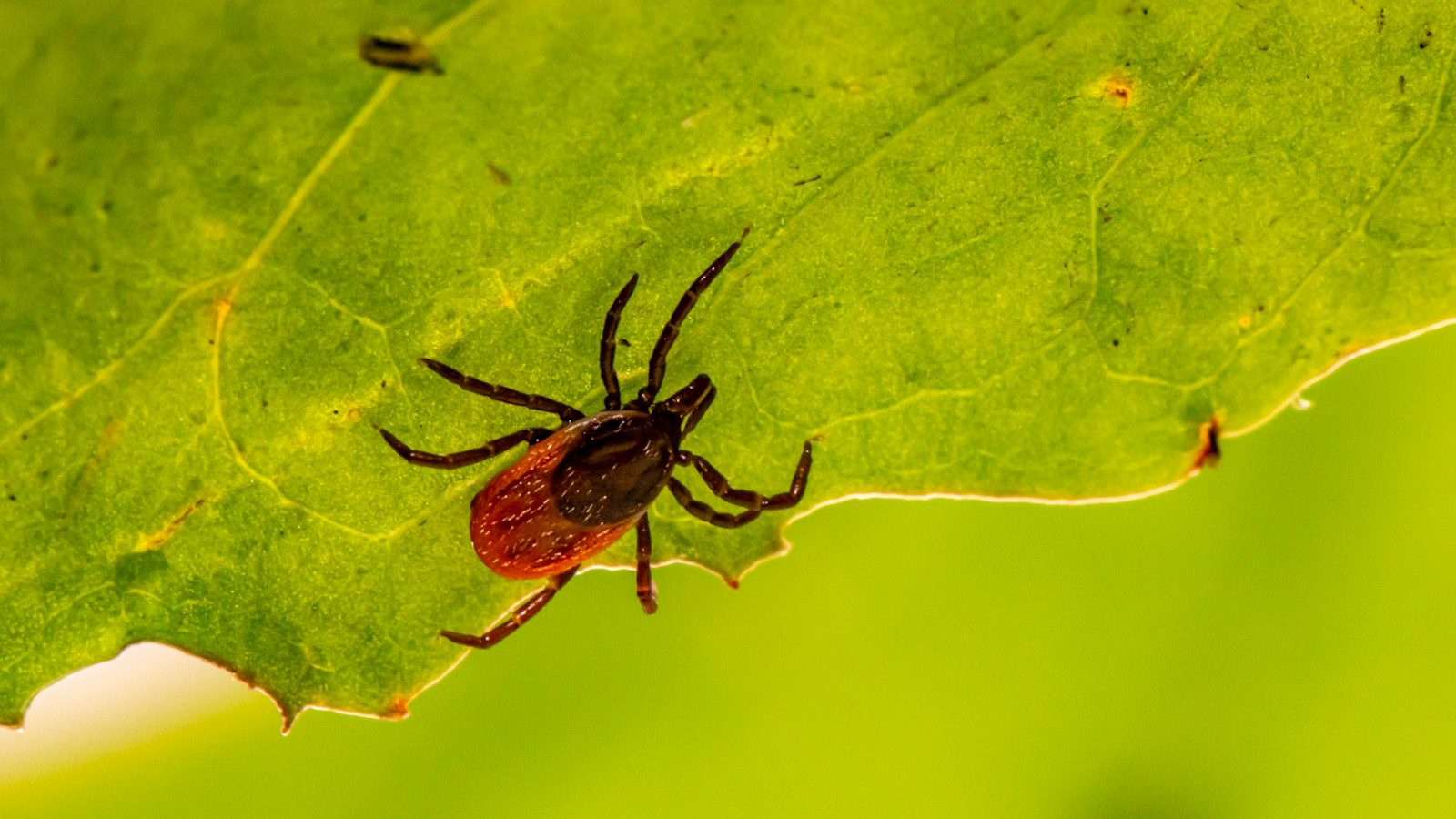Tick bites, borne illnesses higher than normal in Ontario, data shows

Posted May 28, 2024 7:54 am.
Last Updated May 28, 2024 8:10 am.
Although peak tick season is only beginning, bites and tick-borne illnesses are already higher than average in the province.
Just over 1,100 blacklegged tick sightings have been reported in Ontario, according to eTick.ca, the primary reporting platform for monitoring the insects across Canada. Of that total, the public data shows that more than 600 ticks were discovered on human hosts.
Blacklegged ticks are most likely to transmit diseases, including Lyme. According to provincial data, there have been 60 reports of Lyme disease in Ontario so far this year. The average year-to-date is 43.
According to eTick.ca’s interactive map, which shows tick records submitted by users, sightings and reports appear to be increasing in Toronto and the GTA, particularly in Mississauga, Oakville, Burlington, and Hamilton.
Ticks are found year-round but are most active in the summer when temperatures stay above 0 C. Ontario has 13 established species of ticks, and dozens more have been reported across the province.

While ticks were historically found only in cooler areas near the shores of the Great Lakes, the bugs can now be spotted inland and more often in urban and residential areas.
Preventive measures to reduce the risk of tick bites include wearing long sleeves and pants when walking in areas where ticks are present, using insect repellents that contain DEET or permethrin, and performing thorough tick checks on yourself, your children, and pets after spending time outdoors.
If you find a tick attached to your or your pet’s skin, it’s important to remove it promptly and properly. Use fine-tipped tweezers to grasp the tick as close to the skin’s surface as possible and pull upward with steady, even pressure. Avoid twisting or jerking the tick.








